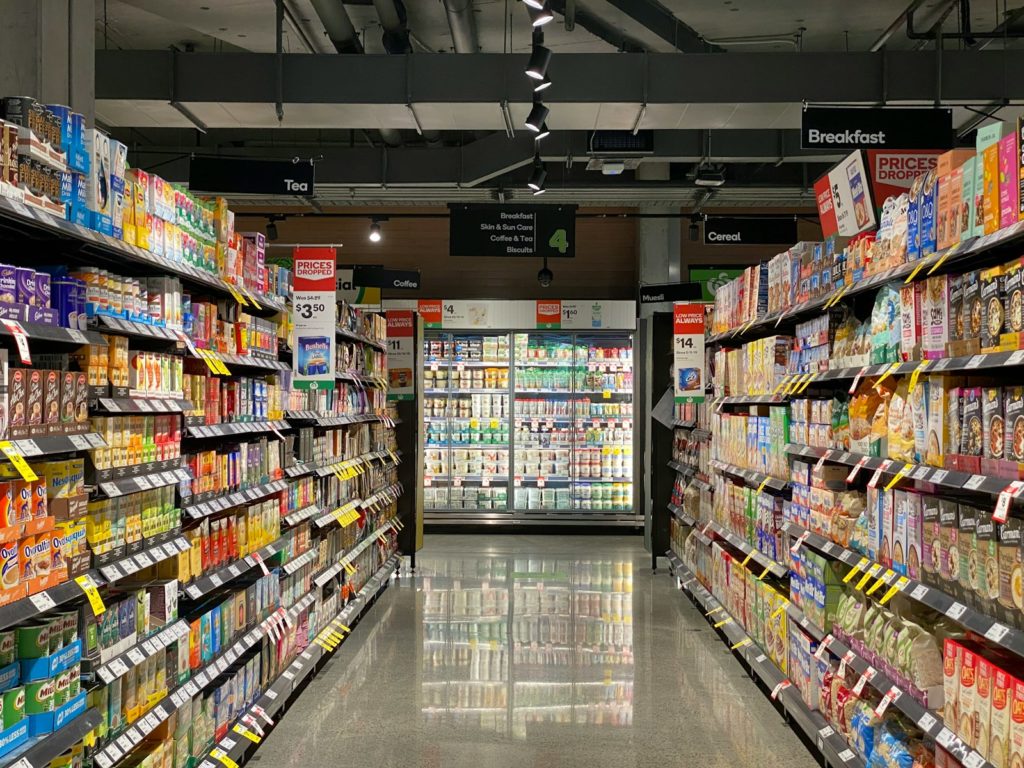
Every time we walk through a supermarket, we make choices—not just about what we eat, but how it’s packaged. Despite growing awareness around eco-responsibility, our reliance on single-use and non-recyclable food packaging remains high. And while packaging protects food, some materials may actually pose health risks by contaminating the very products they’re meant to preserve.That’s why the Federal Food Safety and Veterinary Office (FSVO)—also known as the food experts behind Seismo Scraping—has launched a new experiment: a chatbot designed to collect and analyze packaging habits, while engaging users in a more interactive and meaningful way.
The Problem with Traditional Packaging Monitoring
Until now, the FSVO relied on manual forms to gather information about food packaging use. While thorough, this method is time-consuming and, frankly, outdated. Filling out forms lacks engagement and rarely offers anything useful to the participant. It’s a one-way flow of data.
The question became: Can we collect this information more efficiently—and more interactively—using a chatbot?
Meet the Food Packaging Chatbot
As part of an exploratory project, we developed a web-based chatbot that interacts with users about their grocery purchases. Here’s how it works:
- Users type or scan products from their shopping list.
- The chatbot asks questions like:
- What product did you buy?
- What type of packaging was used?
- How many units?
- What product category is it in?
- How eco-friendly do you think the packaging is?
- Based on these inputs, the chatbot updates real-time consumption statistics, giving users a clear picture of their personal impact on packaging waste.
- The chatbot doesn’t just collect data—it raises awareness. Users get immediate feedback, helping them understand the environmental impact of their purchases.
Usability & Performance
To evaluate the effectiveness of the chatbot, we ran tests using the Chatbot Usability Questionnaire (CUQ). The result? A score of over 70%, meaning the chatbot is both functional and user-friendly.
Still, like all pilot projects, there’s room for improvement:
- It struggles with exotic food names
- It has trouble interpreting quantities in grams or liters
- And there’s work to be done on natural language understanding
But the early signs are promising—and point toward a tool that could eventually play a key role in sustainable shopping behavior and public health monitoring.
Why This Matters
This chatbot is more than a research tool—it’s a step toward more conscious consumption. By understanding how our packaging choices add up, we can start to shift behaviors, reduce waste, and influence the market toward more sustainable packaging solutions.
And this isn’t FSVO’s first step into smart technology. In our previous collaboration, we helped food safety experts save hours each day by automatically scanning online sources for early risk detection. That project showed how digital tools can reduce workload and improve response time. This chatbot project expands on that idea: make data collection smarter, and give something back to the user.
What’s Next?
Before full-scale deployment, the chatbot needs:
- A better understanding of quantitative language
- More robust handling of diverse product categories
- Ongoing feedback from real users in real contexts
But the vision is clear: a smart companion that not only helps experts monitor packaging usage but empowers all of us to shop more mindfully.
Final Thought
In a world where every piece of packaging adds up, we need tools that simplify awareness without sacrificing data quality. This chatbot is a promising step toward that future.
Want to know more about how we’re building digital tools to support food safety and sustainability? Read about our earlier work on smart article monitoring for food risk detection.
Main article : Food Packaging Chatbot from HumanTech Insitute
Check out other projects here
